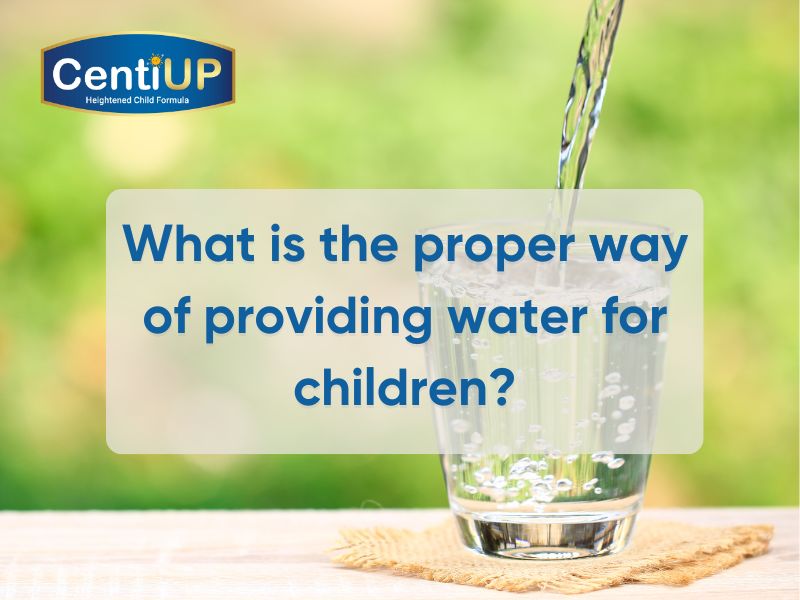Rickets and malnutrition in children are two common health issues that many parents often confuse. Although they share some similarities, they differ in many important aspects such as causes, symptoms, and treatment methods. In this article, we will clarify the fundamental differences between rickets and malnutrition in children, helping parents recognize and take appropriate action.
1. What are Rickets and Malnutrition in Children?
To distinguish between rickets and malnutrition in children, we first need to understand the concepts of these two conditions.
Rickets is a condition where a child’s bones become soft and weak, increasing the risk of fractures. This occurs when a child lacks phosphorus, calcium, or vitamin D, leading to weak and easily broken bones. This condition can affect even overweight children. Due to their higher calcium and phosphorus requirements compared to normal children, overweight children can develop obese rickets.
Malnutrition is a state of deficiency in essential nutrients. Most commonly, children lack protein, vitamins, and minerals, causing their organs to function poorly. This condition arises when a child’s body expends more nutrients than it takes in or when the body fails to absorb sufficient nutrients from food.

What are rickets and malnutrition in children?
2. How are Rickets and Malnutrition in Children Different?
Here, we will clarify the differences between rickets and malnutrition in children, as shown in their identifying signs and causes.
2.1. Identifying Signs of rickets and malnutrition in children
Children with rickets often exhibit the following signs:
- Short stature: Children with rickets tend to be shorter than their peers.
- Weak bones: Children with rickets have weak, easily broken bones. Fractures can occur easily even during everyday activities like exercise, play, or minor falls.
- Bone pain: Children may experience bone pain or discomfort in bone areas.
- Bone deformities: Children with rickets may develop bone deformities, such as bowlegs or curvature, which can impair mobility.
- Other symptoms: Other symptoms of rickets include weakness, fatigue, slow weight gain, difficulty sleeping, and trouble concentrating. In severe cases, children may develop a “rickety rosary” of enlarged joints, bowlegs, or knock-knees.
To differentiate rickets from malnutrition, here are some identifying signs of malnutrition in children:
- Weight and height: Malnourished children often weigh less and are shorter than their peers. Their bellies may appear swollen or protruding due to loss of fat or muscle.
- Skin and hair: Malnourished children often have dry, dull, and inelastic skin. Their hair may be thin, weak, and prone to breakage.
- Muscles: Muscle development is poor in malnourished children due to a lack of protein and essential nutrients.
- Lack of energy and fatigue: Malnourished children tend to lack energy, appear weak and fatigued, and have reduced physical activity.
- Mouth and teeth: Malnourished children often have dry, cracked mouths and may experience frequent infections. Their teeth may be prone to breakage, cracking, and plaque buildup due to a lack of calcium and vitamin D.
- Immune system: A weakened immune system is a sign of malnutrition in children. They are more susceptible to infections and illnesses.

Signs of malnutrition in children
As you can see, rickets and malnutrition in children exhibit different signs. However, parents should be aware that a child can suffer from both conditions simultaneously.
2.2. Causes of Rickets and Malnutrition in Children
The causes are also a factor that can help parents distinguish between rickets and malnutrition in children.
For children with rickets, the cause is a lack of vitamin D, which affects the body’s ability to metabolize calcium and phosphorus, essential for bone development. This condition is common in children under 3 years old. The causes include lack of sunlight exposure, excessive dietary restrictions by mothers leading to calcium and phosphorus deficiencies, or a lack of breastfeeding.
For children with malnutrition, the cause is a diet lacking in vitamins and minerals. Additionally, improper parental feeding practices, such as early weaning, feeding at the wrong developmental stage, or providing low-quality foods, can lead to chronic illnesses, infections, and stunted growth.
3. How to Prevent and Treat Rickets and Malnutrition in Children?
After understanding the causes and identifying signs of rickets and malnutrition, parents should focus on prevention and treatment methods for these conditions.
Prevention and Treatment for Rickets:
- Expose children to sunlight before 9 a.m. daily to support calcium and phosphorus metabolism.
- Supplement with vitamin D as recommended by a doctor.
- Provide calcium supplements daily for children with rickets.
- Adjust the child’s diet: breastfeed, include calcium-rich foods like shrimp, eggs, milk, and liver. Also, include a moderate amount of oil in the child’s daily meals, as vitamin D is fat-soluble and aids in its absorption.

Parents should supplement vitamin D for their children to protect them from the risk of rickets
Prevention and Treatment for Malnutrition:
- Adjust the child’s diet and increase their food intake. Identify the nutrient deficiencies in the child’s current diet and address them.
- Supplement with essential nutrients, vitamins (especially B vitamins), and minerals (zinc, calcium, phosphorus, iron, etc.) to improve absorption.
- Regularly monitor the child’s weight and height to assess their nutritional status.
- Ensure the child receives all recommended vaccinations to prevent infectious diseases.
- For severe malnutrition, hospitalization may be required for treatments such as fluid and electrolyte replacement, mineral and vitamin supplementation, protein infusions, anemia treatment, infection control, and management of hypothermia and hypoglycemia.
In conclusion, although rickets and malnutrition in children share some similarities, they are distinct health issues with different causes, symptoms, and treatment approaches. To protect children’s health, parents need to be knowledgeable and implement appropriate nutritional and preventive measures. Do not confuse these two conditions to ensure proper management and maximum protection of children’s health.

CentiUP – UNLOCK GROWTH POTENTIAL
CentiUP, as a heightened child formula, with the trio of Nano Calcium, HMO, and DHA mixed in the golden ratio, combined with NANO technology to help nourish the body deeply and comprehensively, helps children increase height, boost brain power, and improve the immune system and overall well-being.
The product is for children from 3 to 18 years old and is especially suitable for children with stunted growth, malnutrition, and those experiencing delayed height development.
Contact us: https://www.facebook.com/centiup/




